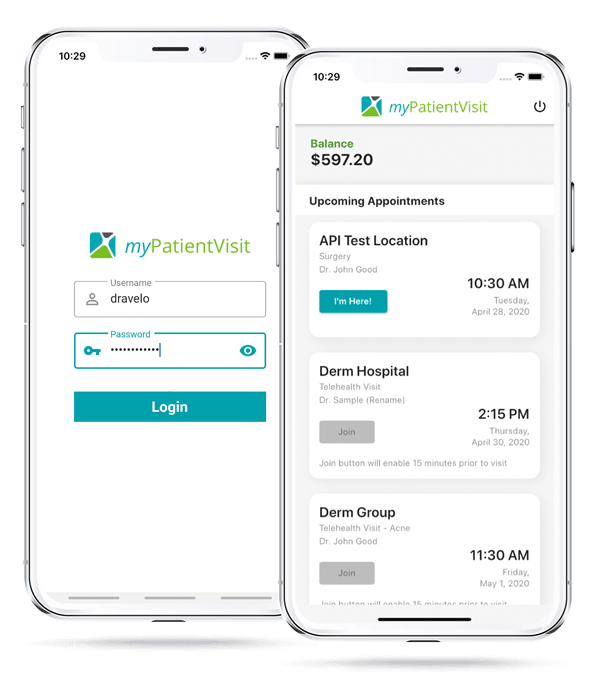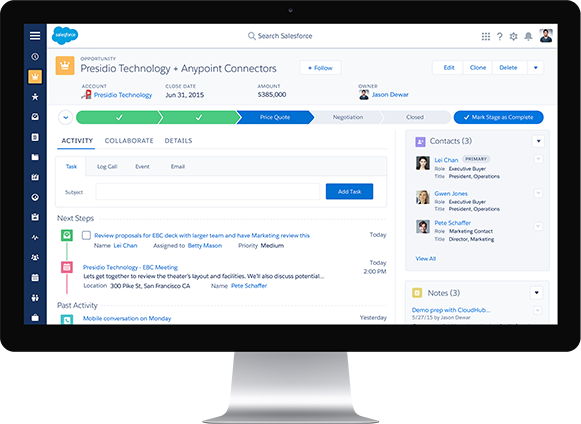
What are the outputs of patient portal implementation studies?
The literature explored some, but not all, potential outputs of patient portal implementations. Most of the studies assessed implementation of patient portals using interim outcomes such as user perceptions, and few studies addressed important objective outcomes such as length of stay, morbidity, or mortality [2,4,20,54].
What is the role of patient portals in health care?
Some patients recognize the role of patient portals in their health care, reporting satisfaction with the ability to communicate with their health care teams and perform tasks such as requesting prescription refills conveniently [3,16].
Is your patient portal software stand-alone or integrated?
It’s very common for patient portals to be bundled into an integrated EHR suite that includes additional medical software applications. Alternatively, practices can choose to purchase patient portal software as a stand-alone or integrated program. Here are the differences between the two types of systems:
What are the components of patient portal training?
User training: equipping patients and health care team members with the necessary skills and knowledge to effectively use a portal Organizational factors: culture of a health care organization; decisions and actions it takes when an initial consideration is made to implement a patient portal Process themes

What is patient portal system?
A patient portal is a secure online website that gives patients convenient, 24-hour access to personal health information from anywhere with an Internet connection. Using a secure username and password, patients can view health information such as: Recent doctor visits. Discharge summaries. Medications.
What should be included in a patient portal?
A robust patient portal should include the following features:Clinical summaries.Secure (HIPAA-compliant) messaging.Online bill pay.New patient registration.Ability to update demographic information.Prescription renewals and contact lens ordering.Appointment requests.Appointment reminders.More items...
What are the different types of patient portals?
There are two main types of patient portals: a standalone system and an integrated service. Integrated patient portal software functionality usually comes as a part of an EMR system, an EHR system or practice management software. But at their most basic, they're simply web-based tools.
What is the most popular patient portal?
Top 10 Patient Portal Software By EMRSystemsEpic EHR Software's MyChart.athenahealth EMR Software's athenaCommunicator.PrognoCIS EMR Software.Cerner Specialty Practice Management Software.eClinicalWorks EMR Software's Patient Portal and Healow App.Greenway PrimeSUITE EHR Software.NextGen Healthcare EHR Software.More items...•
How do you use patient portals?
If your provider offers a patient portal, you will need a computer and internet connection to use it. Follow the instructions to register for an account. Once you are in your patient portal, you can click the links to perform basic tasks. You can also communicate with your provider's office in the message center.
Why is patient portal important?
Engaging patients in the delivery of health care has the potential to improve health outcomes and patient satisfaction. Patient portals may enhance patient engagement by enabling patients to access their electronic medical records (EMRs) and facilitating secure patient-provider communication.
What are the benefits and challenges of using patient portals?
What are the Top Pros and Cons of Adopting Patient Portals?Pro: Better communication with chronically ill patients.Con: Healthcare data security concerns.Pro: More complete and accurate patient information.Con: Difficult patient buy-in.Pro: Increased patient ownership of their own care.
Why do patients not use patient portals?
Disadvantages of patient portals result in these lower rates of use. For some people, they avoid using the portals altogether for reasons like security issues, low health literacy, or lack of internet. Even for those who do access their accounts, there are still other disadvantages of patient portals.
Does patient portal have an app?
Patient portal apps typically allow patients to share their health records with providers, enabling them to gain a longitudinal view of their patient's health history. Like Epic's MyChart, some apps even allow patients to provide temporary access to their medical records via a code.
How do you make a patient portal?
Let's find out how to make a patient portal step-by-step.Identify your target audience. ... Follow your patients' priorities. ... Keep patient portal requirements in mind. ... Evaluate the efficiency of the portal. ... Consider data security concerns. ... Find your software development partner.
What is the difference between EHR and EMR?
Although some clinicians use the terms EHR and EMR interchangeably, the benefits they offer vary greatly. An EMR (electronic medical record) is a digital version of a chart with patient information stored in a computer and an EHR (electronic health record) is a digital record of health information.
How common are patient portals?
Nearly 40 percent of individuals nationwide accessed a patient portal in 2020 – this represents a 13 percentage point increase since 2014. The proportion of individuals who were offered and accessed a patient portal did not increase between 2019 and 2020.
What prompted you to conduct this research on patient-centered clinical decision support?
Traber Giardina: The patient portal has been heralded as an amazing tool to engage and empower patients. While patient access to their health information is an essential part of patient engagement, data on the usage of these portals from many healthcare organizations shows that this tool is used far less than developers had hoped.
What are the key takeaways from your research and how do they differ from or build upon previous research?
Giardina: Our study highlights the need for user-centered design in patient portal design. Identifying patients’ information needs through needs assessments and requirement studies is a first step. However, interfaces must be designed so that the information patients need is presented in a way that is easy to use and easy to interpret.
What implications do your findings have for the development and dissemination for future patient-centered clinical decision support?
Giardina: Patient portals, specifically the laboratory test result interface, would benefit from rigorous user-centered design to create an easy-to-use and meaningful interface for patients to view test results.
What additional research is needed in patient-centered clinical decision support and how can others build on your research?
Giardina: Patient portal use continues to be low despite increased access to health information. Future research should expand on our findings to thoroughly explore the relationship between patients’ use of patient portals, the perceived usability of the portal interface, and patient’s understanding of the information presented in the portal.

Popular Posts:
- 1. stonecreek family physicians patient portal
- 2. patient portal login tricare
- 3. dr lily phillips patient portal
- 4. my asu patient portal
- 5. st mary medical center patient portal login
- 6. touchstone imaging patient portal
- 7. patient portal oswego health
- 8. methodist hospital patient portal
- 9. optimum patient portal
- 10. fccc patient portal